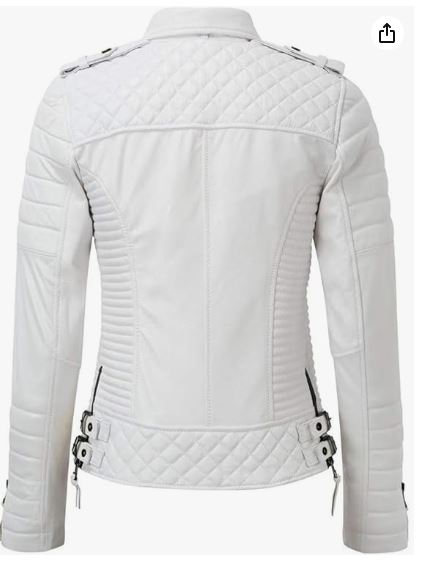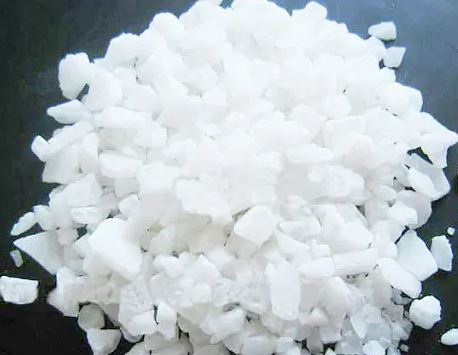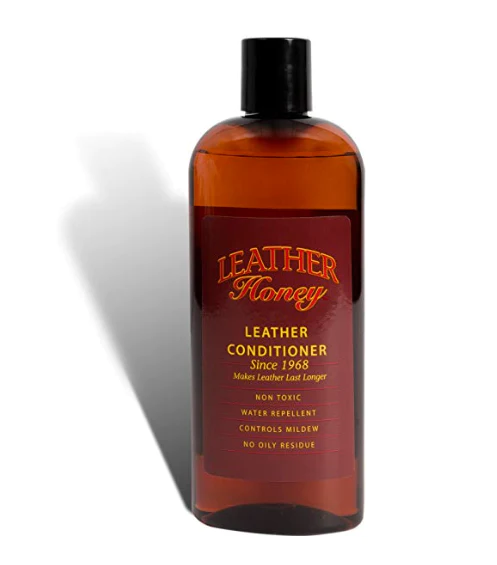As we know the process of chrome tanning leather is both harmful to the environment and toxic to humans and animals, especially if chromium is absorbed or seeps into our ground water supply. Due to its harmful effects, there has been extensive industry research to eliminate chromium from the tanning process. This has resulted in the production of white leather. But what is white leather………….?
White leather is produced using Aluminium, zirconium and glutaraldehydes during tanning, instead of chromium salts. Synthetic and vegetable tannins are also used which have less of an environmental impact than chrome tanning. The use of aluminium salts produces white leather.
So, white leather is produced because of a chemical reaction during tanning. But does it have any other benefits or advantages over conventional chrome tanning methods?
What is white leather.
Aluminium tanning or Aluminium tawed leather can be traced back as far as 4000 years ago. Archaeologists have found evidence of ancient Egyptians using aluminium salts as well as other minerals to tan their leather. So, is this a new process, or just an old tanning method marketed as a new break through?
Unfortunately, the downside of aluminium tanning or tawed leather is that Aluminium salt forms a very weak bond with collagen fibres and is prone to washing out when exposed to water. This might have been ok for the ancient Egyptians as I guess it didn’t rain much in the desert, but it wouldn’t work today.
Step forward about 4000 years and scientists have made remarkable breakthroughs in the tanning process. They have developed a refined tanning process whereby Aluminium Sulphate (as well as other minerals: zirconium & glutaraldehydes) are used as a replacement for chromium. Using Aluminium sulphate combined with other minerals creates a strong bond with collagen, preventing any washing out when exposed to water. Aluminium Sulphate also results in the leather turning white, hence the term white leather.

The impact of this new finding is a game changer to the industry as the same veg and chrome tanning facilities can be used. This helps keep down costs as tanning facilities only need to adapt to the new Aluminium process. The environmental impact is also instrumental as the use of toxic chromium is eliminated.
What makes white leather white.
Aluminium sulphate, zirconium and glutaraldehydes are the compounds that cause the hide to turn white after tanning. If Chromium sulphate and chromium salts were added during tanning it would result in a bluish colour to the leather. This is known as wet blue leather or chrome tanned leather. The Aluminium salts leave the hide white, soft and pliable.

What are the benefits/ advantages of white leather.
- White leather is more environmentally friendly than chrome tanned leather as the chemicals used in the tanning process are not toxic and less harmful to the environment.
- The hides produced by aluminium tanning are soft and pliable.
- The hides also more stretchable/ elastic and produce a lower level of plasticity.
- The produced hides are pure white ad can easily be dyed other colours.
- The existing chrome tanning facilities can be used which help keep down costs.
- White leather exudes a sense of luxury, class and sophistication.
- Aluminium tanned leather is stronger than chrome tanned leather.
How to care for white leather.
Due to its colour, white leather needs much more care than other leather. Dirt and stains will be highly visible on white leather. Therefore, care should be taken to clean it regularly. Using a dry clean cloth to clean the surface after every use will help maintain its clear white appearance and prevent any stains building up. A slightly damp cloth can also be used to help remove any stubborn stains on its surface.
White leather is prone to natural oxidization which will cause it to go yellow over time. White leather should be conditioned regularly (at least every 6 months or sooner) in order to prevent cracking and leather drying out. Care should be taken to use the correct leather conditioner that is suitable for white leather. Many conditioners do tend to slightly darken leather once applied, especially if they contain neatsfoot oil. This can be a problem if you are conditioning white leather. To avoid darkening I can highly recommend using Leather Honey as your choice of conditioner. Check out this link to Amazon if you would like to order some to protect and preserve your leather.

Is white leather expensive.
With the new tanning method using Aluminium Sulphate to create white leather it shouldn’t drive up the price. The process is the same as chrome tanning so no specialized equipment is required to produce white leather. What may drive up the price is demand. White leather is not produced as frequently as other colour leathers thereby creating more of a demand for it and driving up the price.
Consumers may not be aware of these new production processes and therefore not know that white leather could be produced more cheaply. If you would like to learn some more about what influences the price of leather, check out this post I wrote a few months ago on Expensive leather.
What is white leather used for.
White leather is very popular today and is used in a variety of items ranging from Jackets, shoes, boots, upholstery, handbags and the automotive industry etc. By far the largest use of white leather is for sneakers and shoes.
What has gained popularity in the last few years is using white leather as upholstery for luxury motor vehicles as a sign of modern luxury and class. As mentioned, white leather needs much more care than other leathers. Care should be taken to clean and condition it regularly to avoid it yellowing prematurely.
Conclusion.
With research and development continuously making improvements in the leather industry, as well as the process becoming more environmentally friendly we will hopefully see it go from strength to strength in the next few years. If you would like to learn some more about leather and leathercraft please check out some of my other posts.
